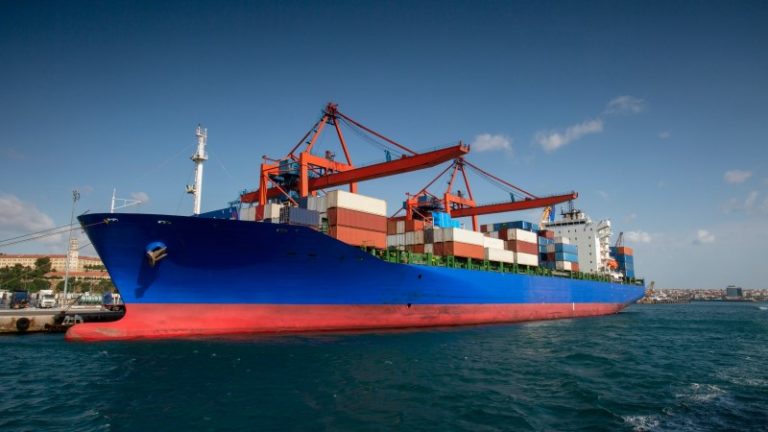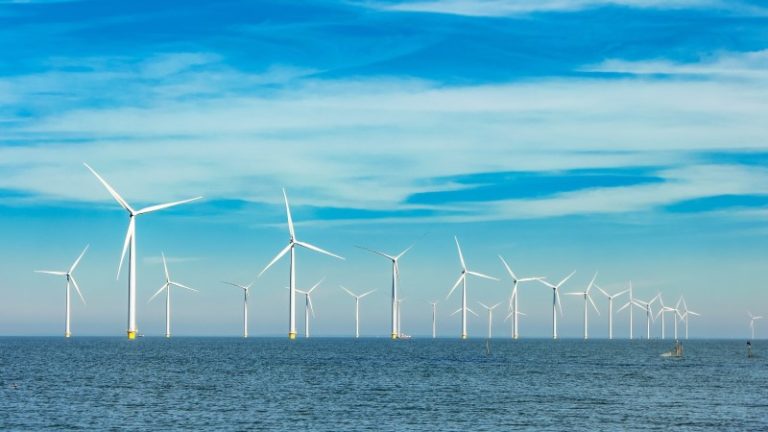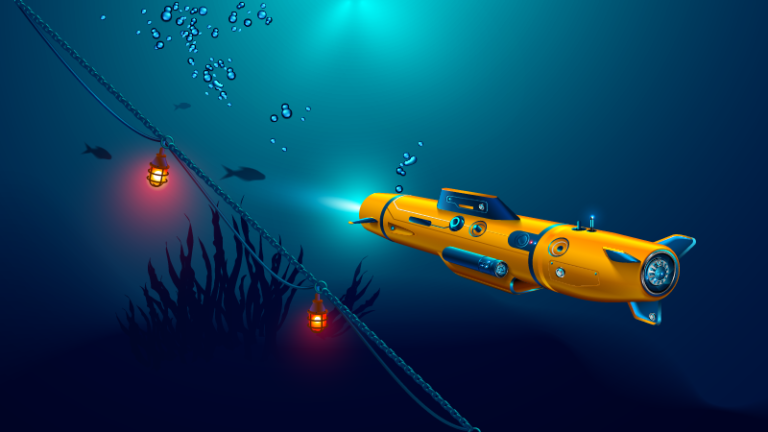Developing fuel cells for ships
Under a joint development agreement, Samsung Heavy Industries and Bloom Energy will design and develop fuel cell-powered ships. Fuel cells create electricity through an electrochemical reaction without combusting the fuel, potentially cutting NOx and SOx emissions by 99%.






